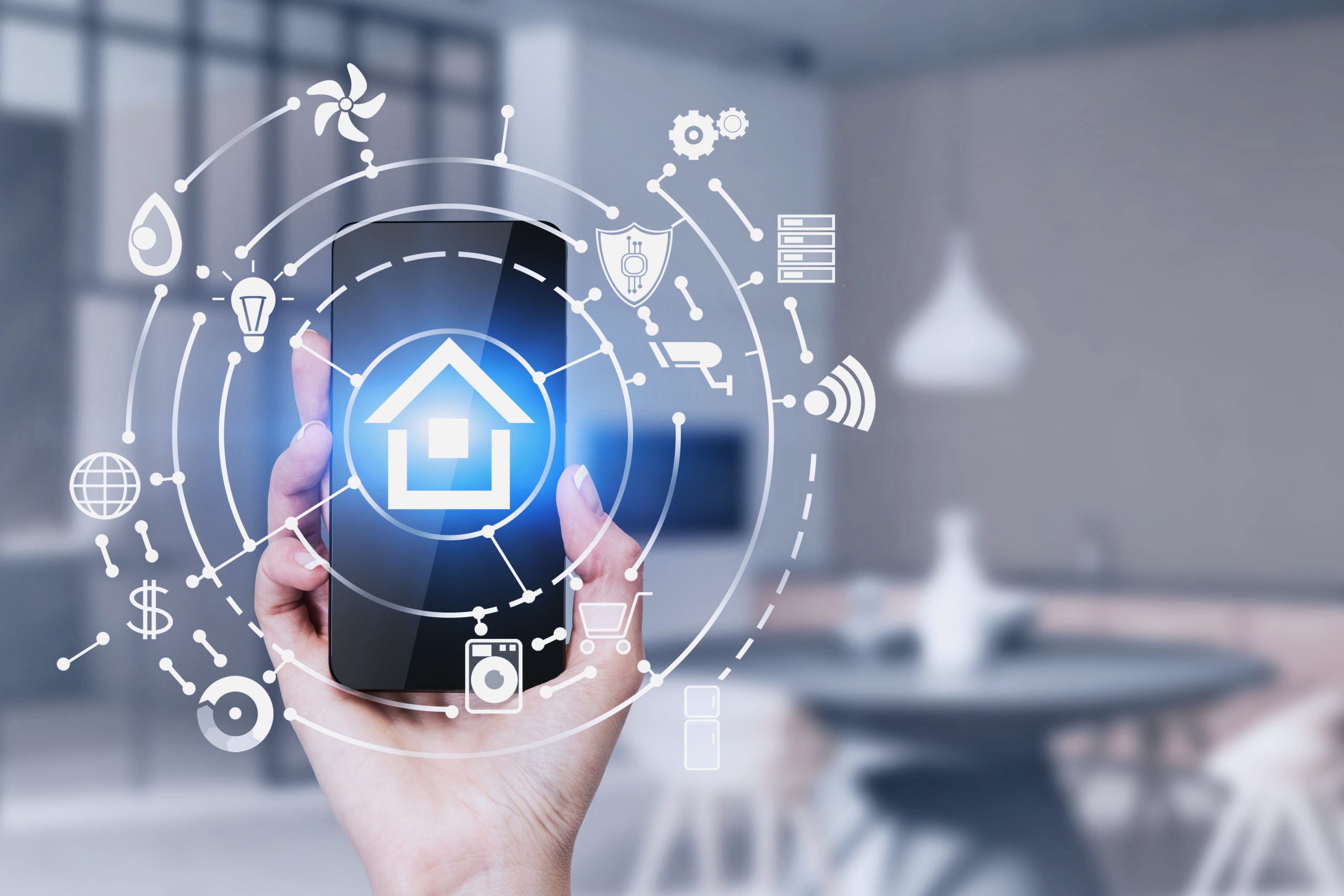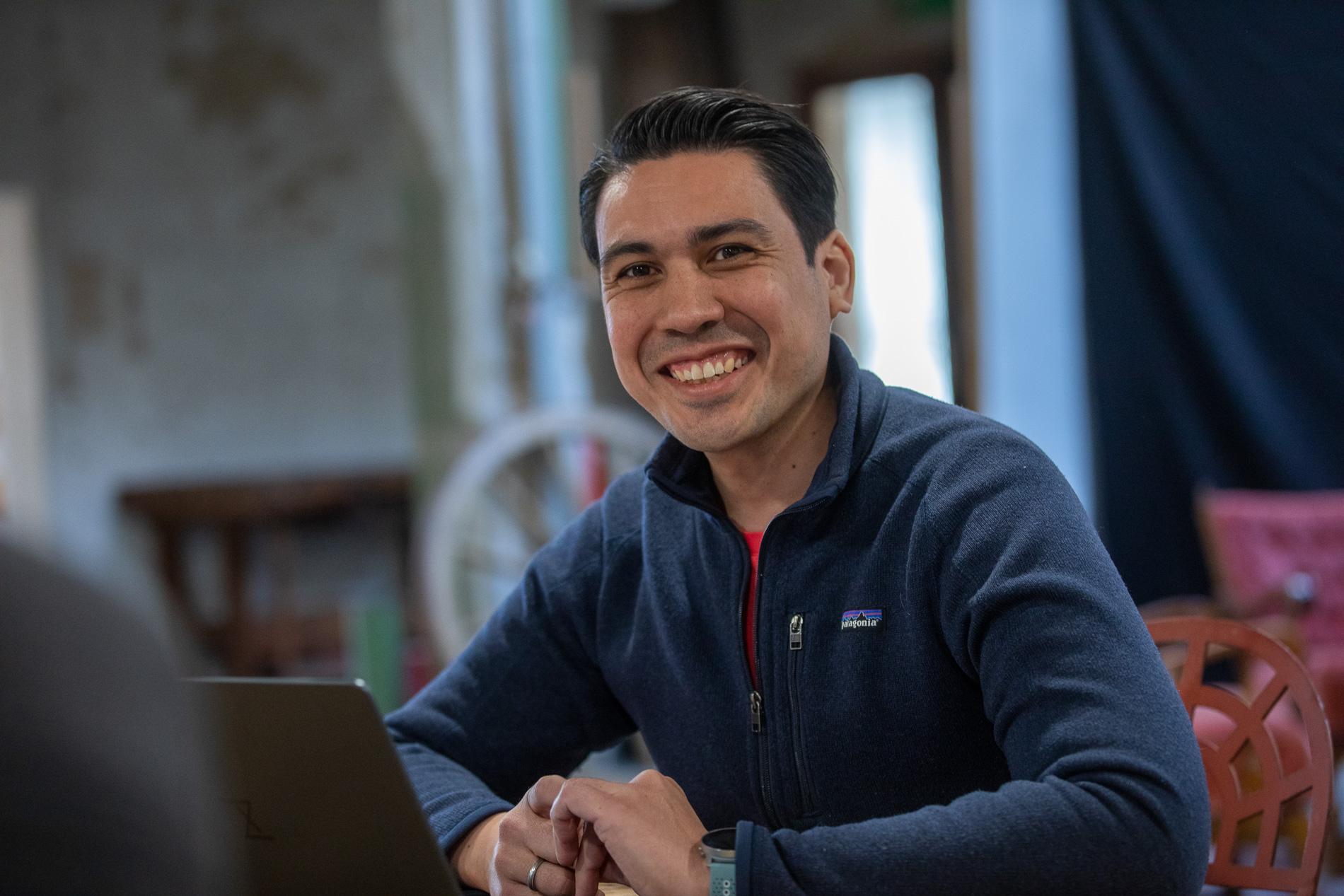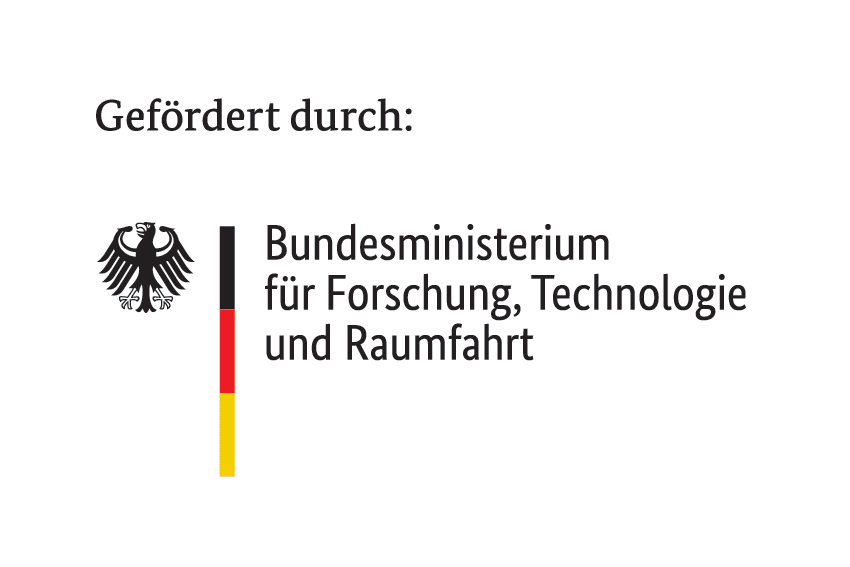Active Assisted Living – how smart technologies can make life in your own home easier
28. March 2024
5 minutes
In the “intelligent assistance” use case, active assisted living (AAL) applications are developed with data that is securely stored and easily available in a SmartLivingNEXT dataspace. For example, intelligent electricity meters are sufficient to identify residents’ care and assistance needs based on electricity fluctuations. This significantly reduces the technological complexity of digital AAL applications.

“The general aim of the use case is to offer citizens assistance in living independently at home for as long as possible,” says Bruno Ristok, Managing Director of C&S Computer and Software GmbH and project manager of the “Intelligent Assistance” use case, describing the motivation and overall social role of his research area.
Over the next two and a half years of the project, intelligent assistance services will also be used in households in Future Living® Berlin & Dudopark Saarbrücken. The advantage here is that the apartments can largely make do with existing installations and sensors, and no complex technical conversion or retrofitting is required. The research team supplements the existing technology with an intelligent electricity meter that is able to detect power fluctuations and analyze their patterns. People in need of care are not confronted with the need to learn how to operate new devices and remain completely in their familiar environment.
As part of SmartLivingNEXT, we want to analyze the electricity consumption in the home triggered by people and develop it into a “still alive” service
Bruno Ristok, Geschäftsführer von C&S Computer und Software GmbH und Projektleitung des Use Case „Intelligente Assistenz“
Electricity consumption and pattern recognition to determine demand
As part of SmartLivingNEXT, we want to analyze electricity consumption in the home triggered by people and develop it into a “still alive” service,” says Bruno Ristok. “Based on this service and in conjunction with other sensor technology, we can derive additional functions, such as a care needs profiles.”

The interaction between the power consumption triggered by the person and the behavioural pattern derived from this use makes it possible to identify incipient changes as to the degree of care dependency, risks of falling or assistance needs. This can be a valuable addition to nursing and medical intervention.
“Intelligent assistance” use case tested within the SmartlivingNEXT data room
One challenge in this area, however, is the heterogeneity of the technologies and sensory systems used. Although they are generally user-centric – i.e. geared towards residents – they cannot guarantee interoperability in most cases. Self-learning systems that not only provide data via a shared data room, but also evaluate this diverse data, are not yet provided as standard.
It is crucial that the data remain in original systems, under the strict control of the data owners.
Michael Schidlack, Principal Researcher der Forschungsvereinigung Elektrotechnik beim ZVEI e. V. und Konsortialleitung im SmartLivingNEXT Leitprojekt
This is where the overall concept of SmartLivingNEXT comes in: the development of a shared, superior, secure dataspace, the SmartLivingNEXT Dataspace. “The data collected in the “intelligent assistance” use case is labeled in SmartLivingNEXT according to the SENSE WoT standard and flows into our data ecosystem via the universal access point (SmartLivingNEXT Dataspace),” explains Michael Schidlack, Principal Researcher at the ZVEI Electrical Engineering Research Association and consortium leader in the SmartLivingNEXT flagship project. “It is crucial that the data remain in the respective original systems, under the strict control of the data owners.” In this way, securely stored and shared personal data can be developed together with apartment and residential building data for the training of AI-based, intelligent AAL applications. It’s an approach with high innovation potential that must be tested in practice in the “intelligent assistance” use case.
Your own home as an intelligently networked and secure healthcare location
Through a combination of intelligent sensors, labeled data and the SmartLivingNEXT Dataspace, the familiar living environment can become a digitally networked healthcare location that focuses on the individual’s health-specific needs. AAL applications such as the “intelligent assistance” use case can play an important role for the German healthcare and social system, in order to improve care for older people and others in need. The easier it is to integrate AAL technology into a universal smart living data ecosystem and further develop it with relevant smart living data, the better.
Listen to the article (in German)
Editorial office:
Maximilian
Metzner
Category:
COMET
Copyright information
©unsplash



